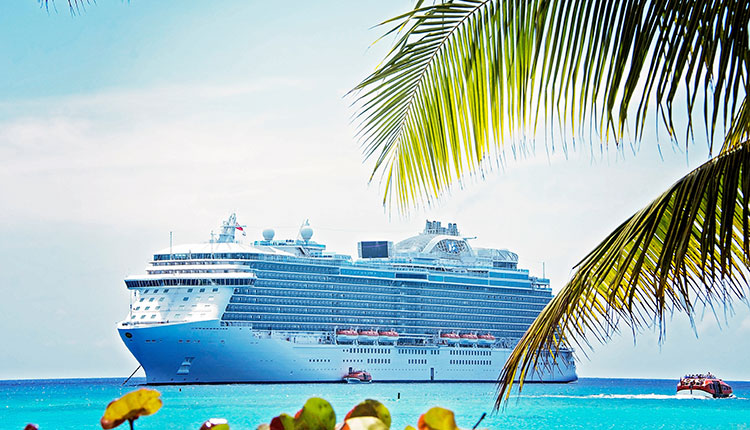Over 21 million Americans projected to cruise in 2026 |
| By Edited by Megan Smalley |
|
|
AAA forecasts that 20.7 million Americans will embark on cruises this year and over 21.7 million in 2026. The cruise industry anticipates another record year in 2026, following what has turned out to be a stronger-than-expected 2025. AAA projects 21.7 million Americans will go on ocean cruises in 2026 and 20.7 million this year, a higher number than AAA originally projected for the year. AAA is forecasting that the year-over-year increase will be an 8.4% jump from 2024 to 2025 and a 4.5% bounce from 2025 to 2026. “These numbers reflect the growing demand for ocean cruises among U.S. travelers,” says Stacey Barber, vice president of AAA Travel. “Our travel agents see this every day when booking dream vacations for AAA members. Whether it’s an anniversary trip to relax in the Caribbean or a family reunion to explore Alaska, ocean cruises offer variety, convenience and lifelong memories.” People of all ages embark on ocean cruises, but 65% of adult U.S. passengers are 55 or older. AAA reports that 27% of U.S. cruise passengers are aged 35 to 54 and 7% are aged 18-34. Regardless of age, most adults are taking a plus one on the ship. Nearly 50% of American cruise passengers are traveling as a couple, while 20% are cruising with kids. In addition, 7% of cruise passengers travel solo and the rest go in groups. As demand for cruises grows, AAA reports that cruise ship sizes are also growing. Mega vessels are rising in popularity, especially in the Caribbean where most of them sail. Mega-vessels are currently deployed in three of the four top cruise regions: the Caribbean, the Mediterranean and Northern Europe. They are not operating in Alaska. In contrast, smaller vessels hold a greater share in Northern Europe and the Mediterranean, driven by the presence of expedition cruises in the former and a strong luxury segment in the latter. Peak season for ocean cruises varies by region. In the Caribbean, peak season is November through March, after hurricane season and during the cold months of winter. Even though summer isn’t peak season for Caribbean cruises, fares rise because kids are off from school and demand from families rises, but capacity is lower because there are fewer ships sailing the Caribbean during those months. Alaska cruise season is shorter, from April through October, and that tighter window translates to higher prices. Because Alaskan cruises are not year-round, many passengers take advantage of those trips during the summer months and go on Caribbean cruises in the winter. AAA reports that Caribbean cruises are by far the most popular destination for Americans, capturing 72% of U.S. cruise passengers. That’s why Miami, Port Canaveral and Fort Lauderdale, all in Florida, are the busiest cruise ports in the world. About 7% of U.S. passengers are expected to take Alaskan cruises next year, and 5% are projected to cruise in the Mediterranean. The Caribbean cruise popularity is also bolstered by the increase in shorter-length cruises, which passengers enjoy for their convenience. AAA travel agents have found that 90% of U.S. cruise passengers rate their experiences as very good or good, and 91% of them have taken multiple cruises. AAA concludes that cruising appeals to couples because the ships often offer “date night” opportunities all day long. Multigenerational families enjoy cruising for the variety of activities and amenities they offer, and many people say cruise vacations are more economical than booking flights and hotel rooms, especially if they want to travel internationally and visit multiple countries. To appeal to younger people and adventurous travelers, more cruise lines are offering expedition cruises from the Arctic to Antarctica. |
